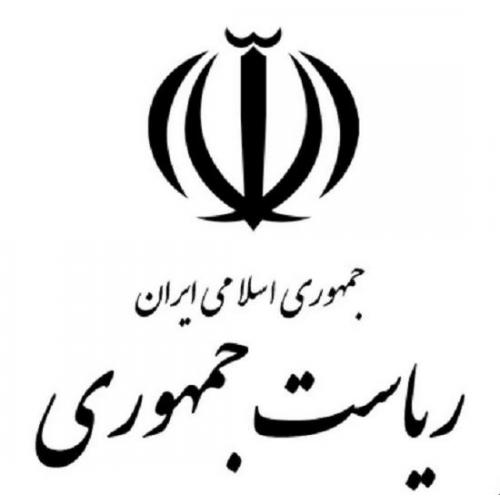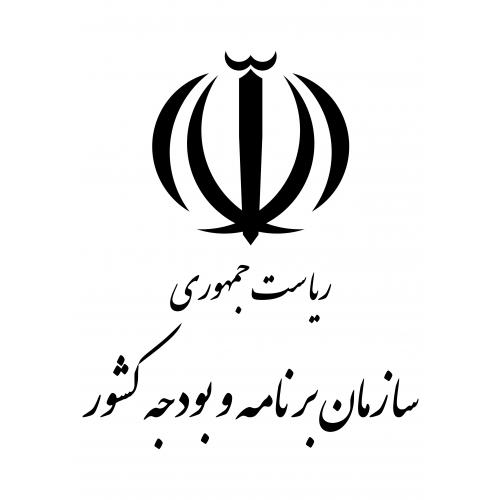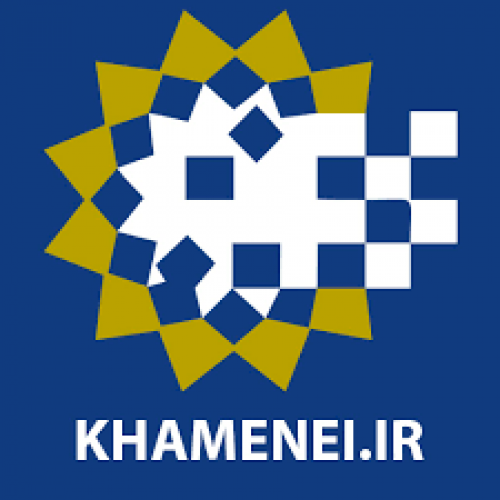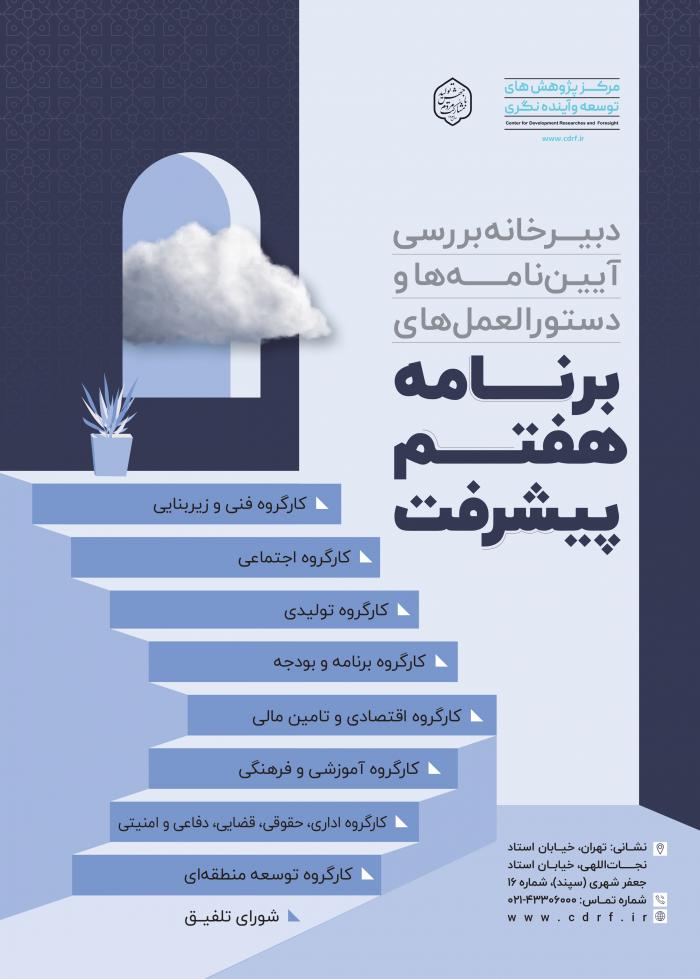
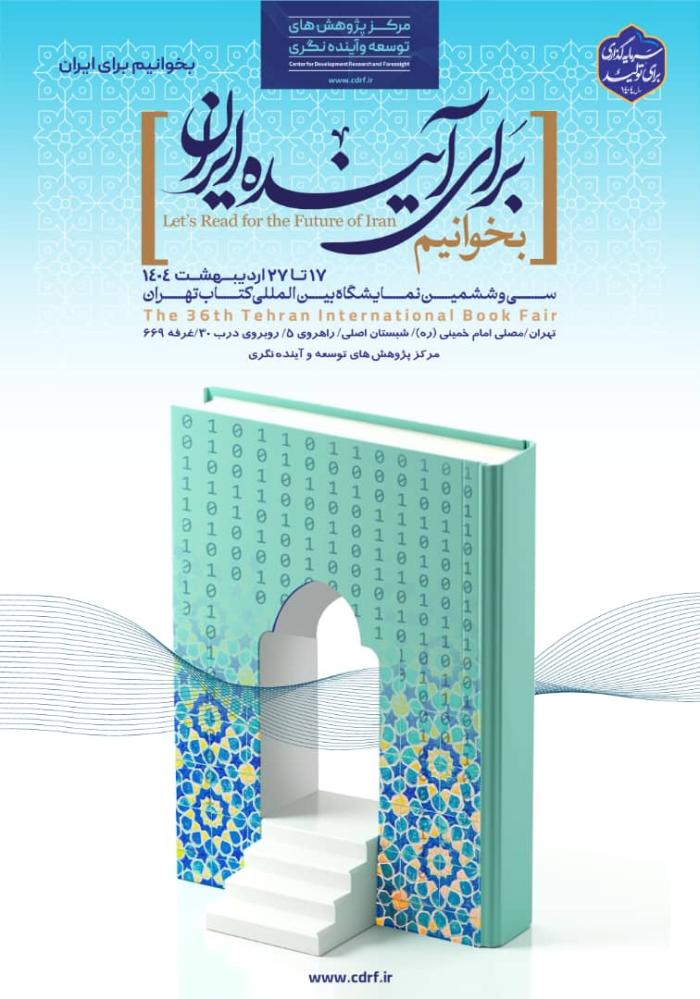
-
بررسی آییننامهها و دستورالعملهای برنامه هفتم پیشرفت
-
بررسی عوامل موثر بر افزایش تصادفات و تلفات جادهای و سوانح رانندگی و دادهکاوی تلفات انسانی
-
سازماندهی و بازآرایی فضایی آموزش عالی کشور
-
به روز رسانی سند ملی آمایش سرزمین
-
انجام مطالعات مناطق آزاد به عنوان نواحی پیشران اقتصادی کشور
-
اصلاح ساختار بودجه و پیاده سازی نظام یکپارچه مدیریت اطلاعات مالی دولت (IFMIS)
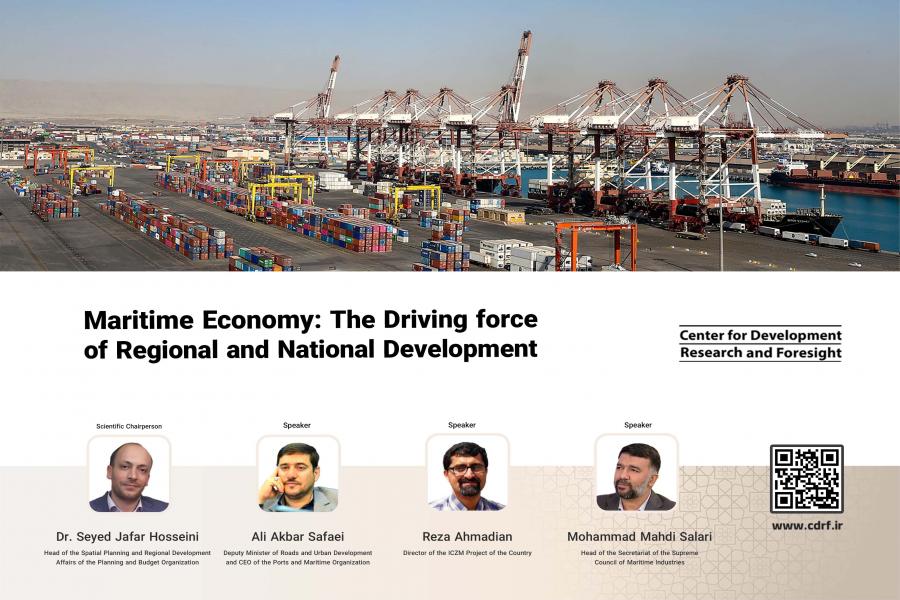
The recent conference at the Center for Development Research and Foresight highlighted the growing importance of the maritime economy to the country's future. Experts and officials convened to discuss the potential of the seas and coasts to drive growth, create jobs, and address some of the country's long-term challenges.
It is stated that while Iran boasts an extensive coastline and strategic location, its maritime sector remains underdeveloped, contributing only around 2% of GDP compared to 50% in some other countries. This gap represents a missed opportunity, according to Hosseini, head of spatial planning and regional development at the country's budget and planning organization.
Hosseini outlined three key areas of focus for maritime development: growth opportunities, balanced development, and the role of the sea in addressing environmental challenges. He emphasized the need to utilize ports and seas for the country's development, create a more balanced distribution of maritime activity and population along the coast, and explore unconventional water sources to tackle water scarcity.
Salari, head of the Secretariat of the Supreme Council of Maritime Industries, echoed these concerns, stressing the importance of a holistic approach to maritime development. He called for an ecosystem view that considers all aspects, from governance and infrastructure to technology and human capital. He also pointed to the need for simultaneous attention to various maritime issues, including transportation, urban planning, and new business technologies.
The conference also explored specific strategies for unlocking the potential of the maritime sector. Ahmadian, a university faculty member and director of the national ICZM project, identified key factors like strategic location, infrastructure, and population characteristics to specify countries place value on maritime development. He cited examples of countries like Panama and Singapore that have thrived through maritime development.
In the context of Iran, Ahmadian highlighted the country's 5,800 kilometers of coastline and its unique position between two seas. He emphasized the need for developing performance indicators, identifying locational advantages, and streamlining governance structures to optimize maritime development efforts.
The conference concluded with a call for action from Alahyar, advisor to the CEO of the Ports and Maritime Organization. He emphasized the importance of maritime governance, a systematic approach to managing the resources and activities related to the sea, coasts, and islands. He underscored the need for collaboration among government, private sector, and public stakeholders to ensure the success of Iran's maritime long-term plans.
The conference reflects a growing recognition of the immense potential of the maritime sector in Iran. In the end, it is stated that with strategic planning, investment, and a focus on sustainability, the country's seas and coasts could become a powerful engine for economic growth and development.

